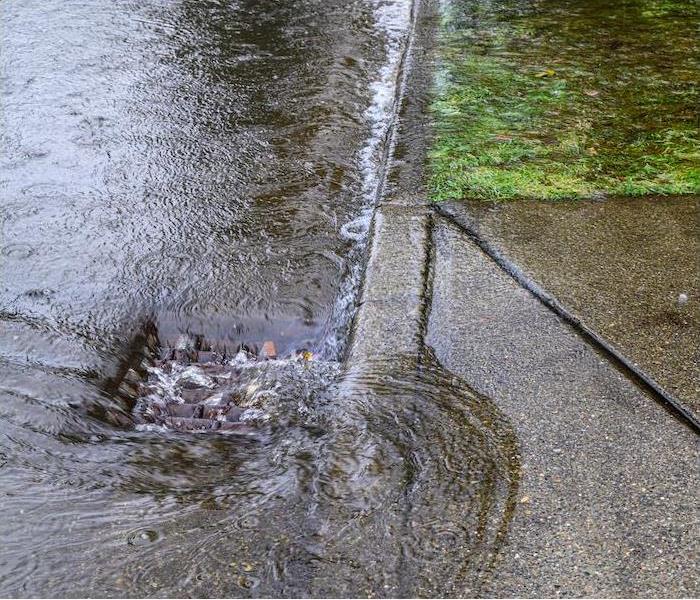The 3 Toxicity Levels of Water Damage
2/2/2022 (Permalink)
 No matter the water damage, we can quickly set things right. Contact the SERVPRO of Douglasville team to learn more.
No matter the water damage, we can quickly set things right. Contact the SERVPRO of Douglasville team to learn more.
Water damage can happen all sorts of ways, and it can certain cause myriad problems, not the least of which is its potential for toxicity. But how do we determine which water sources are toxic and which aren’t? Why isn’t it safe to touch or swim in floodwater, but rain is fine—aren’t they the same?
These distinctions are very important, and there’s a governing body called the Institute of Inspection, Cleaning and Restoration Certification that helps us understand them.
Category 1: Clean Water Damage
Damage from so-called “clean” water is the least worrisome kind of damage, and assumes a certain level of cleanliness from its sources—typically things like refrigerators, water supply lines for appliances or even showers.
The nature of this type of damage means most of the damage mitigation involves simple drying, extracting and dehumidifying, and most instances of clean water damage don’t create health worries.
Category 2: Grey Water Damage
The next category is referred to as “grey” water. The sources of grey water include sources that aren’t inherently or necessarily toxic, but that could or may be—overflow from toilets, backups from an unfiltered sump pump, or even leaks from a washing machine which could have been holding toxic materials during the wash cycle.
Touching water from these sources may not cause immediate harm, but grey water is still to be avoided as it could cause potential danger all the same.
Category 3: Black Water Damage
“Black” water is the nasty stuff. It carries an immediate, inherent risk of toxicity, and it requires immediate action for removal to get these risks mitigated. Sewer backflows, broken toilet bowls containing fecal matter and other septic water fall into this category.
It may surprise you, but overflowing ground and river water fall into this category, as does flood water, because they may contain everything from waste to lawn-care chemicals and parasitic organisms. Black water can cause health effects, and affected surfaces like carpet or sheetrock must be removed. This water is also the most difficult to deal with in the aftermath, because it requires such care in cleanup.
No matter the water damage or the level of toxicity or danger to your home or family, we can quickly set things right. Contact your local SERVPRO team today to find out how we can tackle water problems of any size or nature.




 24/7 Emergency Service
24/7 Emergency Service